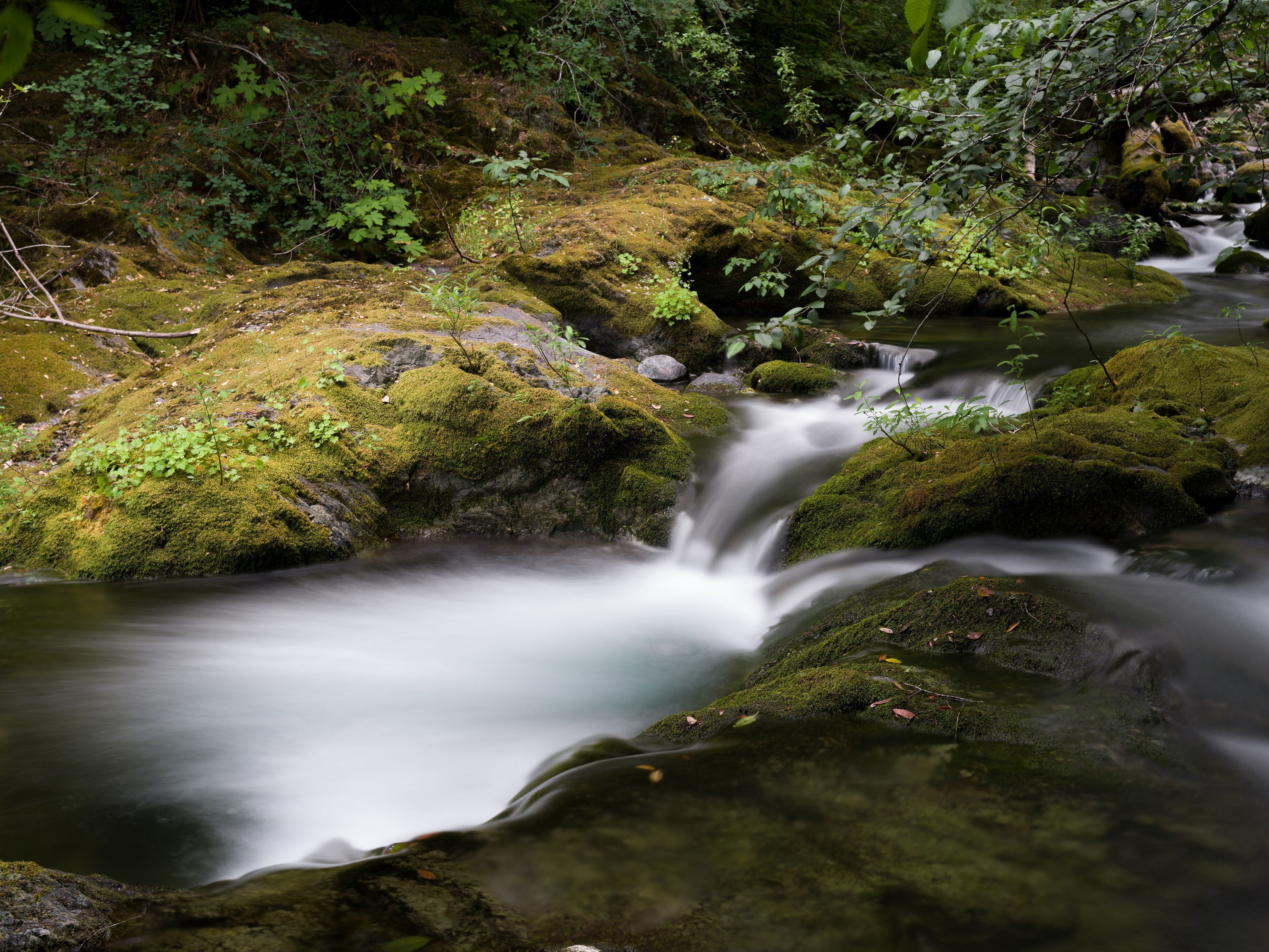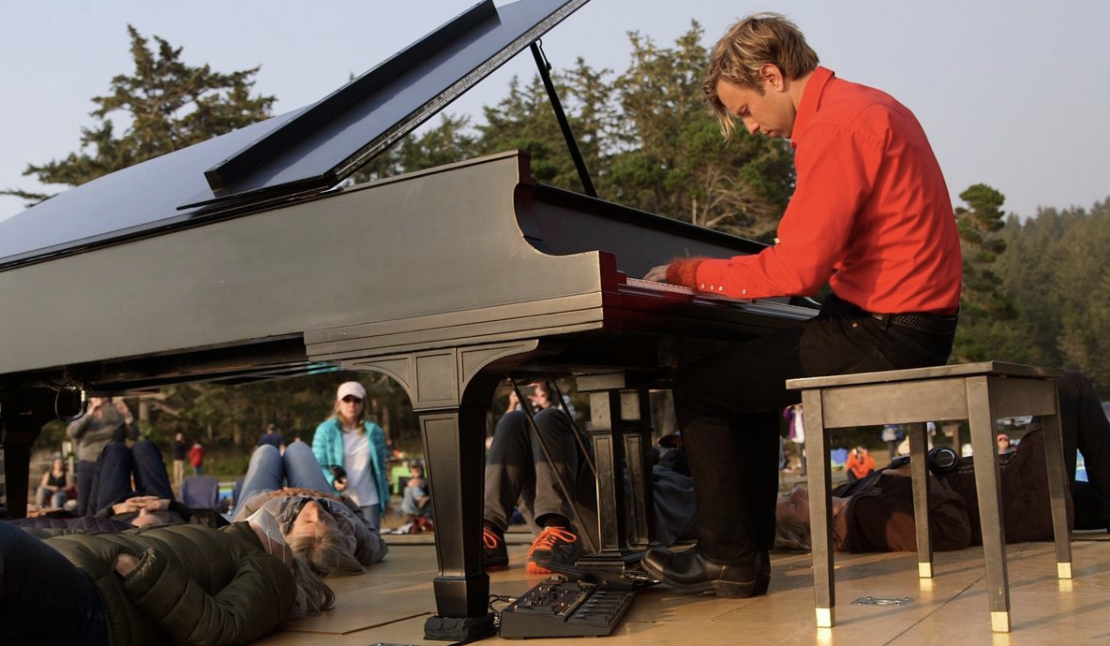

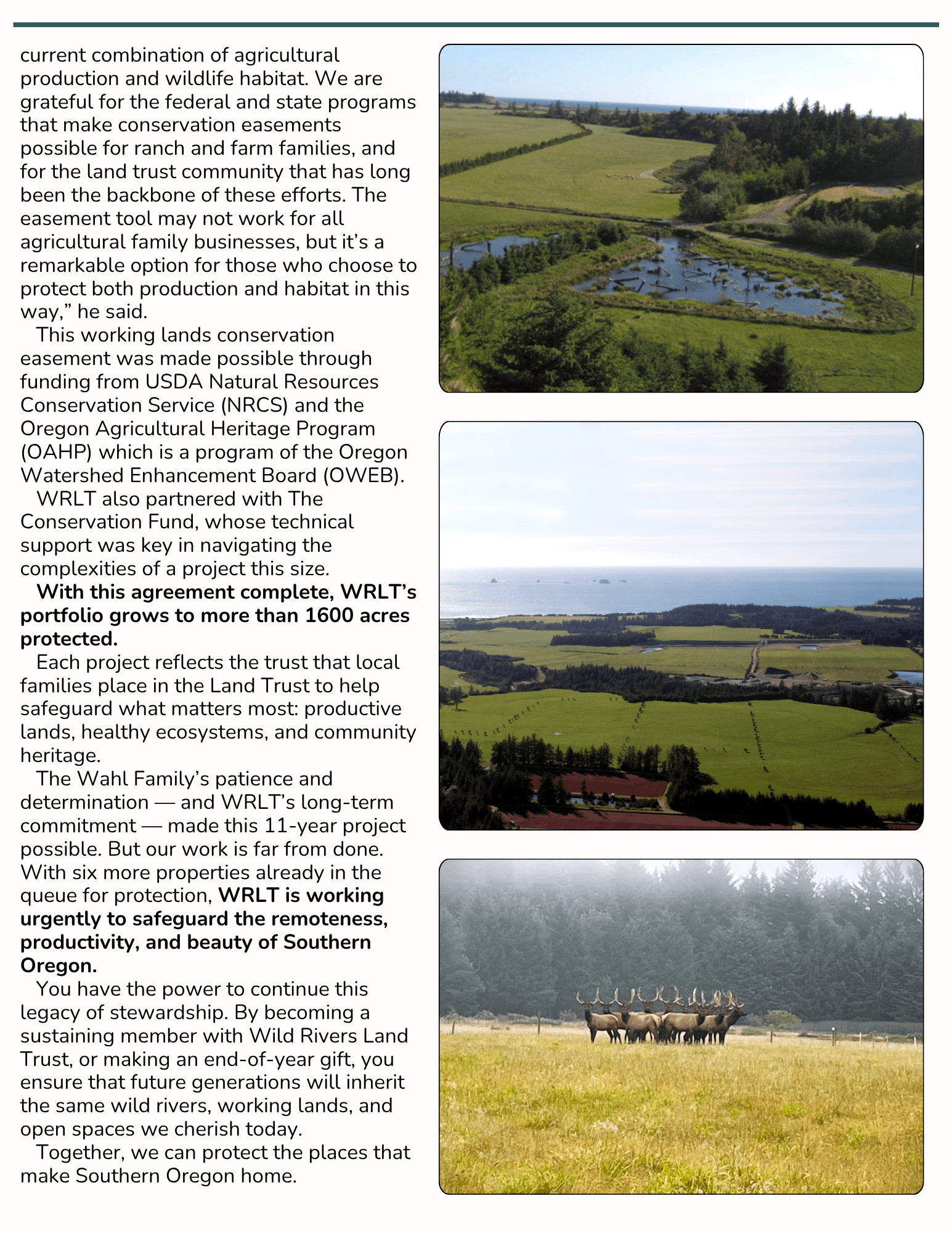
Exploring the diverse landscapes of the Bagley North property

July 29, 2025
Wild Rivers Land Trust acquired one of our largest and most ecologically-diverse properties in July, 2023. The 275-acre Bagley North property encompasses a mix of natural features, including aquatic habitats, mixed forestlands and pastures.
The property contains more than 4,000 feet of the main stem of the Elk River, the lower portion of Bagley Creek, Indian Creek and other branches of the watershed. These tributaries flow into the clear, blue-green waters of the Elk River at the heart of Wild Rivers Land Trust's service area.
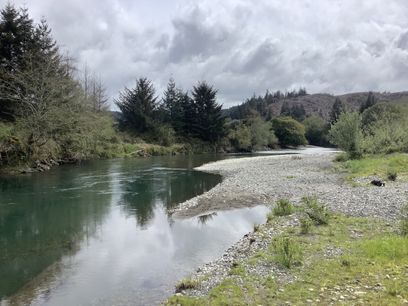
Pools and riffles along this stretch of the Elk River provide spawning habitat for Chinook salmon and lamprey, while deeper pools and side channels serve as holding areas for migrating fish in the fall and winter.
Riparian areas such as these are crucial for wildlife habitat, water quality and flood control. They also act as buffers filtering pollutants, stabilizing streambanks and providing shelter for various fish and wildlife species.
Surrounding forestlands on the Bagley North property are home to lush 70-year-old conifer and hardwood trees, as well as a handful of older legacy trees, and a ‘gallery’ of Myrtlewood trees.

The 108-acres of pastureland found on Bagley North continues to be utilized by ranchers who lease this portion of the property for grazing cattle. This family has been working the land since the ranch was established in the 1800s.
The Bagley North property was the single largest purchase in WRLT history as of July, 2023.
Wild Rivers Land Trust purchased the Bagley North property from a private landowner, with the support of a donor who is passionate about protecting the Elk River. The donor provided funds for the purchase price as well as to establish a stewardship fund for long-term care of the property.
Future stewardship of the Bagley North property will include maintaining forests to develop old growth while restoring aquatic habitats, encouraging species diversity, and keeping invasive species at bay.
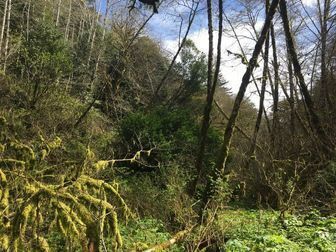
Wild Rivers Land Trust’s Bagley North property is the northernmost in a group of properties that make up the Middle Elk Reserve. These properties are owned, or otherwise protected by the Land Trust, and all are situated along and around Bagley Creek.
The properties also contain a large portion of the former Western States Plywood Mill site, which will be cleaned up and restored using a $2 million grant from the Environmental Protection Agency secured by WRLT in 2023.
When complete, the Bagley North property and the adjacent properties which make up the Middle Elk Reserve will combine to provide additional habitat for Coho Salmon and other native fish populations, as well as greater connectivity to a variety of diverse habitats along the Elk River Watershed.
The protection of the Bagley North property supports the goals of the Elk River Coho Business Plan. You can read the Strategic Action Plan here.
Wild Rivers Land Trust Welcomes New Executive Director Amy Knapp Pettit
April 16, 2025
Wild Rivers Land Trust is excited to welcome Amy Knapp Pettit as our new executive director. Pettit stood out as the frontrunner among an impressive pool of candidates who applied for the position. She has worked in agriculture and land conservation for the past twenty years and has strong ties to our service area.
Pettit was raised in Curry County on the Knapp Ranch in Langlois. After graduating from Pacific High School, and receiving an Agricultural Business Management degree from Oregon State University, Pettit has spent the majority of her career in Alaska. She managed the Marketing and Development team for the State of Alaska Division of Agriculture for 10 years. Then, in 2015, Pettit became the Executive Director of the Alaska Farmland Trust.
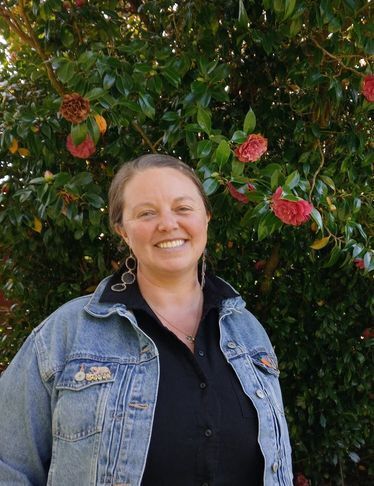
The Farmland Trust sustained significant growth under her leadership. This includes doubling the amount of protected areas, establishing relationships with major foundations, and becoming well-known for fundraising and community events. In March 2022, Pettit was selected as a Presidential Appointee, serving as the State Executive Director for the USDA Farm Service Agency in Alaska, which she dutifully held until the recent administration change.
Pettit says she is now excited to use her talents, knowledge and unique skills back on the Southern Oregon Coast.
"It feels like a full circle moment to have all of this come into alignment and I am delighted to get to immerse myself back into the community that raised me," Pettit said.
The Wild Rivers Land Trust is confident that Pettit's connection to the area, knowledge of land conservation work, demonstrated fundraising abilities and passionate leadership style make her the ideal candidate to lead our organization.
The Wild Rivers Land Trust staff and board of directors would like to thank former Executive Director Ann Schmierer for stepping back in as Interim Executive Director during the past few months to assist with the hiring process and keep the organization on track during the transition process.
Three Oregon Watersheds Drives Coho Recovery

Nov 15, 2023 Author: Ramona DeNies
Five years and 24 projects later, our first NOAA cooperative agreement is a wrap. It’s just phase one of our grander plan for coho salmon.
Five years. Three watersheds. Twenty-four projects.
In October, the Wild Salmon Center officially wrapped up a five-year cooperative agreement with the NOAA Restoration Center—the first of two, to date, designed to benefit Southern Oregon/Northern California Coast coho salmon and Oregon Coast coho salmon, both listed as threatened under the federal Endangered Species Act.
The agreement detailed an ambitious $2.5 million work plan for the WSC-managed Coast Coho Partnership to enhance coho habitat and improve fish passage in three Oregon watersheds: the Nehalem, Siuslaw, and Elk. Now, the shovels are down, and WSC and our CCP partners are celebrating the moment.
Matt Swanson (photo above) of the Curry Watershed Partnership (a local member of the Coast Coho Partnership), laughs with a contractor (left) at the Cedar Creek project site on the Elk River. (PC: Brian Kelley @brianfilm)
“We chose these 24 projects for their ability to have long-lasting positive effects for the coho and people that call these rivers home,” says Dr. Tim Elder, WSC’s Southwest Oregon Program Manager. “Now our hope is that this targeted work further boosts the already promising signs we’re seeing for coho in these watersheds.”
Coho spotted on the Nehalem River.
Coho are a keystone species, meaning that when they thrive, so do a host of other species that share these ecosystems. In 2022, NOAA reported that when compared with other West Coast salmonid species over the previous five years, Oregon Coast coho returns remained encouragingly strong. In the report, NOAA pointed to habitat restoration as a key part of why we’re seeing this “bright spot for salmon recovery.” To sustain this progress, the agency called for more restoration work across the coastal Pacific Northwest.
We’re already working to make that happen. Since 2019, two more NOAA cooperative agreements are supporting even more high-value CCP projects in the Coos, Rogue, Siletz, Nehalem, and Elk: projects targeted through science-driven, watershed-specific strategic action plans (SAPs). And we’re looking to go even bigger. According to Dr. Elder, WSC and our partners have selected four additional watersheds (the Sixes River, New River/Floras, Nestucca, and South Umpqua) as the focus of new SAPs, and identified an additional 21 target projects in the Rogue, Elk, Coos, Coquille, Siuslaw, Siletz, and Nehalem.
“This first cooperative agreement enabled us to prove the concept—that our restoration strategy really can move the needle for coho recovery,” Dr. Elder says. “With coho populations stabilizing in many of the watersheds where we’re working, now we’re ready to scale our restoration vision up and down the Oregon Coast.”
Below, see three projects that show what the Coast Coho Partnership can accomplish for coho, thanks to support from NOAA Restoration Center, the National Fish and Wildlife Foundation, and our local partners and crews.
BY THE NUMBERS:
Oregon restoration work completed under the 2017 NOAA cooperative agreement:
Reconnected reconnected 5 miles of stream habitat;
Restored 199 acres of instream, wetland or tidal habitat; and
Enhanced 203.6 acres of riparian habitat
CEDAR CREEK ENHANCEMENT PROJECT, Elk River
A bird’s-eye view of Cedar Creek just before culvert removal. Downstream of the road crossing at upper right (with culvert underneath) is a 4,200-foot stretch of newly remeandered creek flowing toward the Elk River. With a bridge replacing the culvert, now-accessible habitat upstream will also be restored for fish. (PC: Brian Kelley @brianfilm)
When coho thrive, so do a host of other species that share these ecosystems, including coastal cutthroat trout.
With the Curry Soil and Water Conservation District, landowner Terry Wahl, and other partners, the Cedar Creek Enhancement project transformed a heavily ditched stream on a South Coast sheep ranch into a fully remeandered creek: cooler and more complex habitat that benefits local populations of Southern Oregon/Northern California coho salmon, steelhead, lamprey, and coastal cutthroat trout.
Crews regraded the streambanks and placed 83 instream log structures, while revegetating 11-plus surrounding acres with native shrubs and trees. A failing culvert was replaced with a 46-foot bridge, restoring unimpeded fish passage and sediment transport, while an adjacent wetland was reconnected and restored to its original hydrological function.
FIVEMILE-BELL RESTORATION PROJECT, Siuslaw River
Some of the more than 200 trees moved into a trio of Siuslaw tributary creeks—along with a stretch of a now-obliterated problematic creekside road.
The Siuslaw Watershed Council was the lead local partner in this complex project to regrade, fill, and reconnect Fivemile, Middle Bell, and Bell Creeks in the Siuslaw watershed, home to local populations of Oregon Coast coho salmon.
More than a mile of abandoned valley-bottom road was obliterated and restored to natural hydrologic function, along with upland cat roads. Meanwhile, helicopter crews moved more than 200 ridgeline trees—many of them with substantial root wads still intact—and engineered them into each creek bed with the aim of promoting complex, high-quality fish habitat.
BEAVER DAM ANALOGUES, Nehalem River
Between 2018 and 2019, 57 beaver dam analogues (BDAs) have been installed on tributaries of the Nehalem River. Follow-up monitoring has shown the success of these woody structures in recruiting beavers back to work, building salmon-friendly pools and channels.
Recruiting beavers back to wild fish streams is now a key part of a salmon recovery.
The Upper Nehalem Watershed Council took the lead on repairing decades of “stream-cleaning” and beaver eradication activities in this key North Coast coho river: activities that depleted critical Oregon Coast coho habitat. Beaver reintroduction is increasingly recognized as a key tool in salmon recovery, particularly for juveniles that find winter refuge in beaver-enhanced ponds, terraces, and off-channel habitat.
Over the course of two years, heavy equipment operators placed 57 beaver dam analogues (BDAs) and five large woody debris structures in 10 Nehalem tributaries. To date, beavers are already using at least 16 of these BDAs, with juvenile coho benefiting from an additional 11.5 acres of newly-created pools.
3 Oregon Watersheds Drive Coho Recovery
Art on the Land
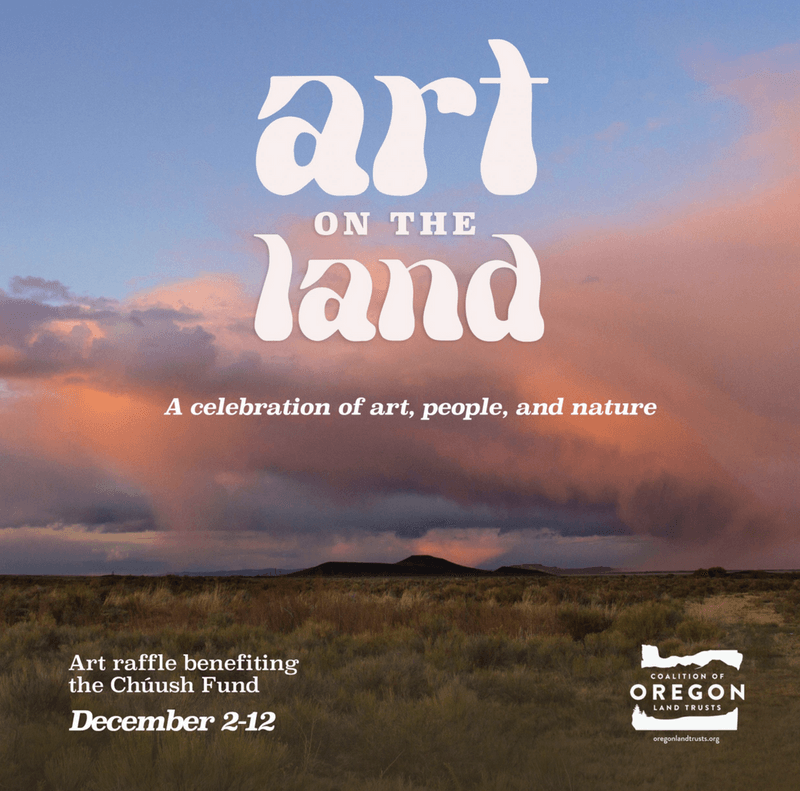
A Chúush Fund raffle fundraiser to restore drinking water for the Confederated Tribes of Warm Springs

